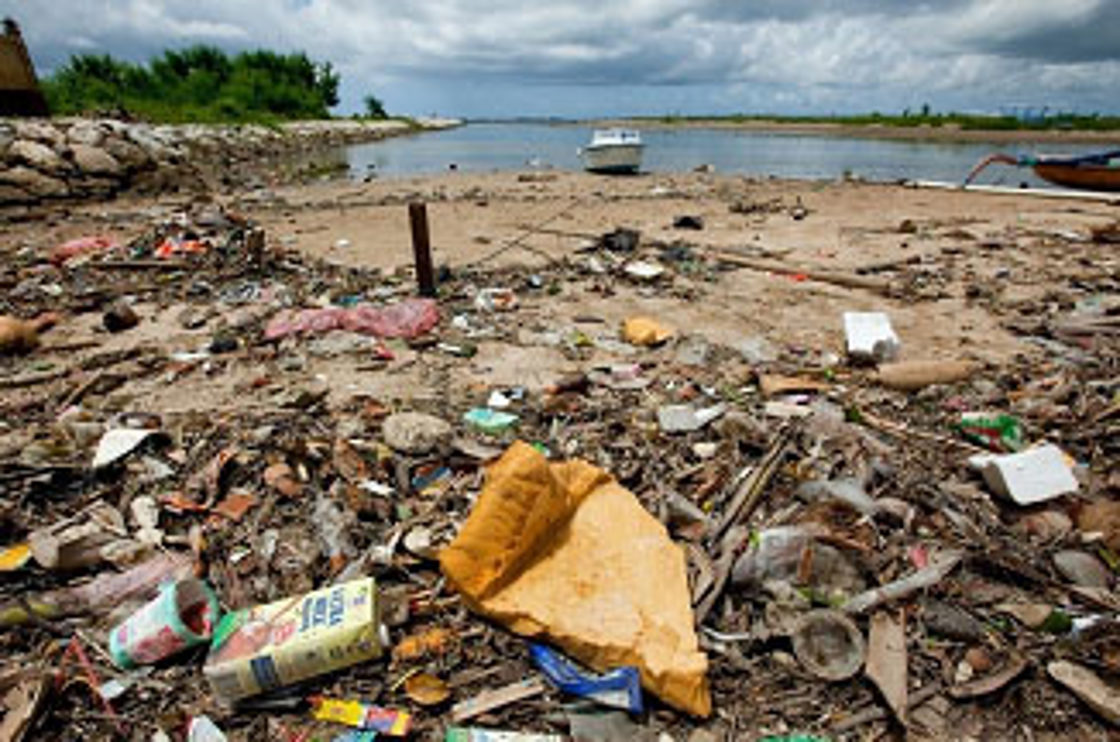The Norwegian Development Program to Combat Marine Litter and Microplastics
Updated May 2021
Plans/strategy | Date: 15/05/2020 | Ministry of Foreign Affairs
In 2018, the Norwegian government launched a new development programme to combat marine litter and microplastics. The programme is intended to contribute to Sustainable Development Goal (SDG) 14.1 which states that by 2025, the world should prevent and significantly reduce marine pollution of all kinds.
At the third UN third Environmental Assembly (UNEA 3) in 2017, the world’s environmental ministers agreed on a vision to eliminate the discharge of litter and microplastics to the oceans over time. The Norwegian Development Programme will follow-up that vision though concrete initiatives. The UN’s Environmental Assembly also called for enhanced funding to combat marine litter at a global level.
The Government of Norway will spend 1,6 billion NOK (approx. 200 mill. USD) on the development programme to combat marine litter and microplastics in the period 2019 to 2024.
Objective
The main objective of the Norwegian development program to combat marine litter and microplastics is to prevent and greatly reduce the extent of marine litter from large sources in developing countries.
To achieve this, funding is set to focus on four outcomes:
- Management of plastic waste in partner countries is improved
- Selected coastal areas and rivers are cleared of waste and the waste is sustainably managed.
- Private sector performance regarding sustainable production and use, and responsible waste management, is improved
- Global commitments and national and regional instruments to prevent marine litter are strengthened..
Which projects are supported, and who are implementing them?
In 2019, about NOK 236 mill. (26 mill. USD) were disbursed to 34 projects. Among recipients are multilateral organisations as the UN and the World Bank, non-governmental organisations (NGOs) and research institutes. Most of these work with governments, the private sector, civil society organisations and/or local populations. A list of all the organisations receiving support, together with a short description of the projects, can be found further down.
Norway supports several different initiatives through these organisations. Contributing to the creation and development of land-based waste management systems is highly prioritised as sound waste management is the most important measure to reduce the supply of litter to the ocean. Funding is also provided for research which will give knowledge that can contribute to finding solutions to the problem. Furthermore, it is important to support initiatives that contribute to increased awareness about marine litter. Actors with the required technical expertise contribute with training, knowledge exchange and technology transfer. Some initiatives focus on innovation, development of new technology and sustainable products. Other actors receive support to influence and advise on government policies, regulations and action plans. Norway also supports processes to achieve stronger international commitments and agreements to prevent marine litter. Beach clean-ups and other clean-up activities are supported in some cases, and particularly where they can help contribute to increased awareness raising.
Where are the projects implemented?
The focus is on populous and economically fast-growing countries in Asia with long coastlines. This is where the problem of marine litter is the greatest. In addition, preventative measures are directed towards countries with rapidly growing economies in Africa. Small developing island states also receive support for projects to strengthen waste management systems and for clean-ups along the shoreline.
More facts about marine litter
- Marine litter originates from many different activities and consists of many different types of litter. Land-based waste constitutes the largest source of marine litter. Plastics makes out the largest share of land-based waste. The characteristics of plastic cause it to break down more slowly than cardboard, paper, wood, metal and other materials. It is these characteristics that make it an environmental problem when it goes astray.
- According to the United Nations Environmental Program (UNEP), around 280 million tonnes are produced globally every year, and production increases by around five per cent per year.
- It is estimated that 8 million tonnes of plastic end up in the ocean each year. This corresponds to 15 tonnes of plastics per minute.
- More than half of the plastic waste that ends up in the ocean is estimated to originate from a few countries in southeast Asia.
- The United Nations Environmental Assembly is the supreme and governing body of UNEP and meets every other year. Here, the world’s environment ministers meet to agree on joint initiatives and declarations related to international environmental issues.
- The United Nations Environmental Assembly has adopted four resolutions on marine litter and microplastics. These resolutions emphasise that improved waste management and waste prevention are key to combating marine litter and must be given top priority.
- Through these resolutions, it is also agreed that the world must eliminate emissions of waste and microplastics to the sea (the zero vision). As of today, there is no global environmental agreement to deal with marine litter in a comprehensive manner.
- Norway is working for stronger global commitments to prevent and reduce marine litter.
